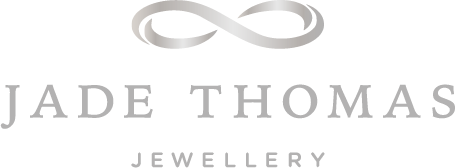A Wonderful Day full of Practical Gemmology
I went on a fabulous course in London last week to learn all about the tools gemologists use to identify gemstones. It was held by Gem-A in their lovely London offices.
Here’s a brief rundown of the tools we used:
Loupe:
This is a really useful and mobile magnifying tool, so you can get a close look at a gemstone. I keep one in my handbag at all times!
Polariscope:
This is a compact tool with two crossed polarised lenses, that - when placed on top of a light-source - shows the optical nature of a translucent gemstone or rough.
As you turn the stone, the light will behave in specific ways, either shining through, or being blocked. And you can refer to a chart which signifies which minerals will behave in specific ways to help identify the stone.
Refractometer:
Through this tool, you can read the Refractive Index (RI) of any translucent gemstone (other than diamond).
You can also observe if the stone is singly or doubly refractive, which can also help to identify which mineral you are looking at.
Specific Gravity:
Different gemstones have different densities. Weighing a stone in water, and comparing its weight in air will give you its relative density, and the ratio of one weight to another, gives you the specific gravity (SG). The SG can by compared to a known list of results to aid identification.
Spectroscope:
This tool splits up white light into a spectrum, and when looking at a well-lit stone through the Spectrocope, you will see which areas (colours) of light, have been absorbed by the stone. These areas of absorption occur in known patterns, which allow us to help identify a gemstone.
Dichroscope:
Pleochroism is the optical property of showing two or three different colours through different vibration directions in a gemstone.
You can test Doubly Refractive, coloured gemstones through a Dichroscope. Place the stone on a flat light and move the Dichroscope around. If you see one colour throughout, the stone is Non-pleochroic. If you see two colours, the stone is Dichroic and if you see three colours, the stone is Trichroic.
Here’s a Green Tourmaline I filmed through a Dichroscope:
Chelsea Colour Filter:
A CCF is great for highlighting any ‘odd-ones-out’ in a group of similarly coloured gemstones. Stones behave differently through this filter, so it makes it easy to spot any discrepancies.
UV Light:
Some diamonds and gemstones glow under UV light, so it can be helpful to identify a stone based on its behaviour.








